France: Day 3 - Fins Bois to Bas-Armagnac
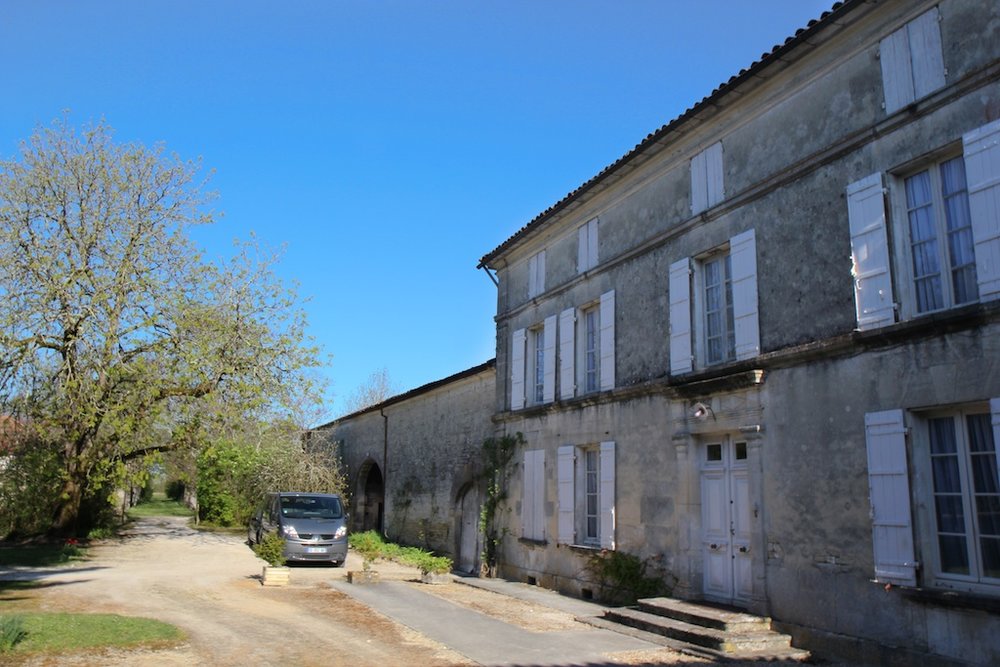
We started Tuesday by driving north of Cognac, through the Borderies region, and to a new producer in the Fins Bois called Bernard Boutinet. It’s amazing how many of the buildings in Cognac look similar to one another, not just in style but also in floor plan and design. Boutinet’s home looked identical to the bed and breakfast near Dudognon we’ve stayed in over the years. We asked Mr. Boutinet about this phenomenon and he told us, “When they built these places in the 1830s, they just built the same house over and over again.” I guess these beautiful limestone maisons are like French track homes from the 19th century!
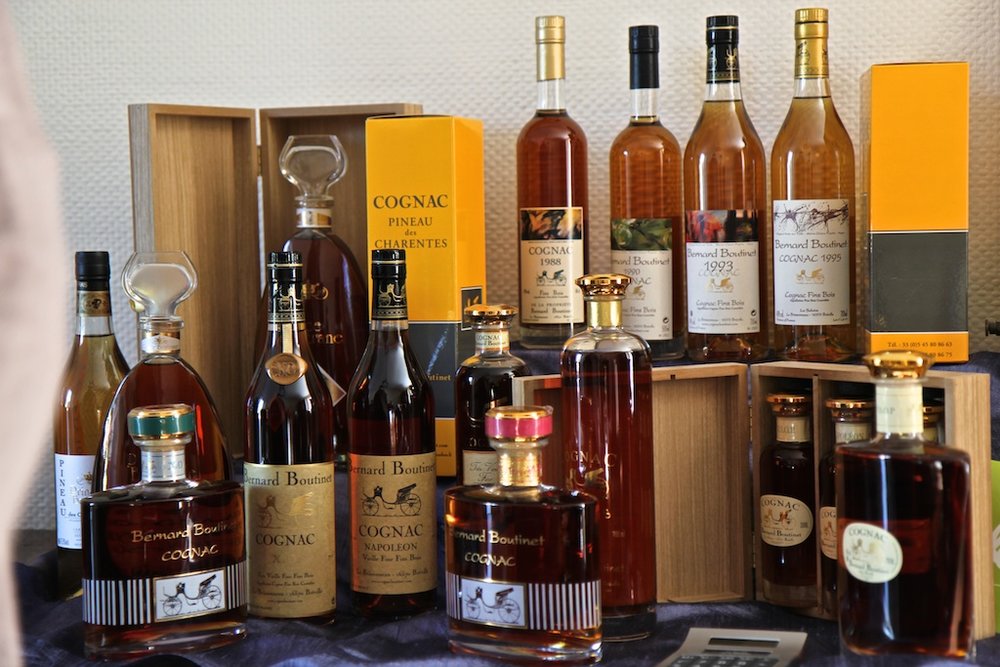
Boutinet had an interesting variety of standard VS-XO expressions, along with a number of single vintage releases that were also interesting in our opinion. It wasn’t until last year that we began visiting producers outside of the three main Cognac-producing regions—Grand Champagne, Petit Champagne, and the Borderies—so none of us were well-versed in deciphering the differences between these varied terroirs. Tasting through Boutinet’s different brandies, however—especially after having visited Hine and Hennessy—it's becoming pretty clear what the differences are. There’s much less fruit and delicacy with the Cognacs from the outer regions like the Fins Bois. It doesn’t mean they’re not good though. They’re just more straight-forward, earthy, and simple.
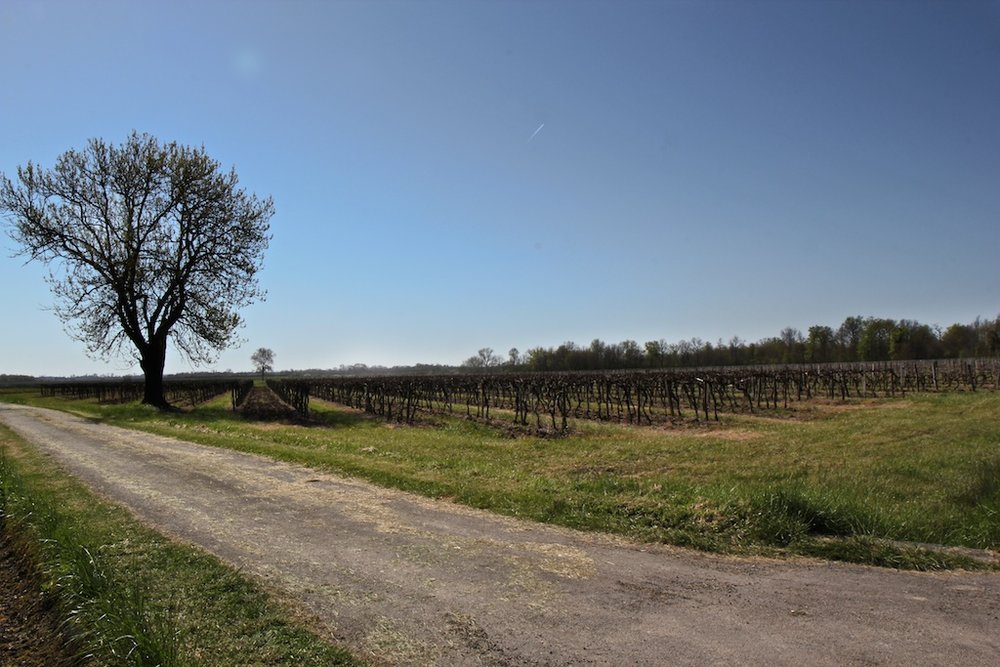
The soils around Boutinet are mostly clay and sand, unlike in say Grand Champagne where you have mostly limestone and chalk. Cognac is one of the few spirits where I can safely say that the location of where the base material is grown makes a huge difference in the flavor of the ultimate distillate. A comparison to the wines of Burgundy is particularly useful in understanding, I believe. The best vineyards for making white wine in the Cote d’Or are those with the best drainage, the best weather, and, of course, the best soils. However, the wines made from the chalkiest and most-mineral of terrain need to be aged in the bottle before they can express their true character. They’re so tightly-wound in their youth that they need time to soften. Contrast something like Montrachet with a white wine from the Macon—crisp, clean, simply, and ready to drink from the get go. There’s a similar relationship between the Cognacs from Grand Champagne and the Fins Bois. The former needs decades in wood before the complexities contained within the spirit can be savored, whereas the best Cognacs we tasted from Boutinet were the youngest and freshest. I actually preferred them to many of the young Grand Champagne expressions we had tasted. That being said, I wouldn’t ever lay down a case of Macon-Village chardonnay and expect greatness after a decade in the cellar. The same goes for older expressions of Fins Bois Cognac.
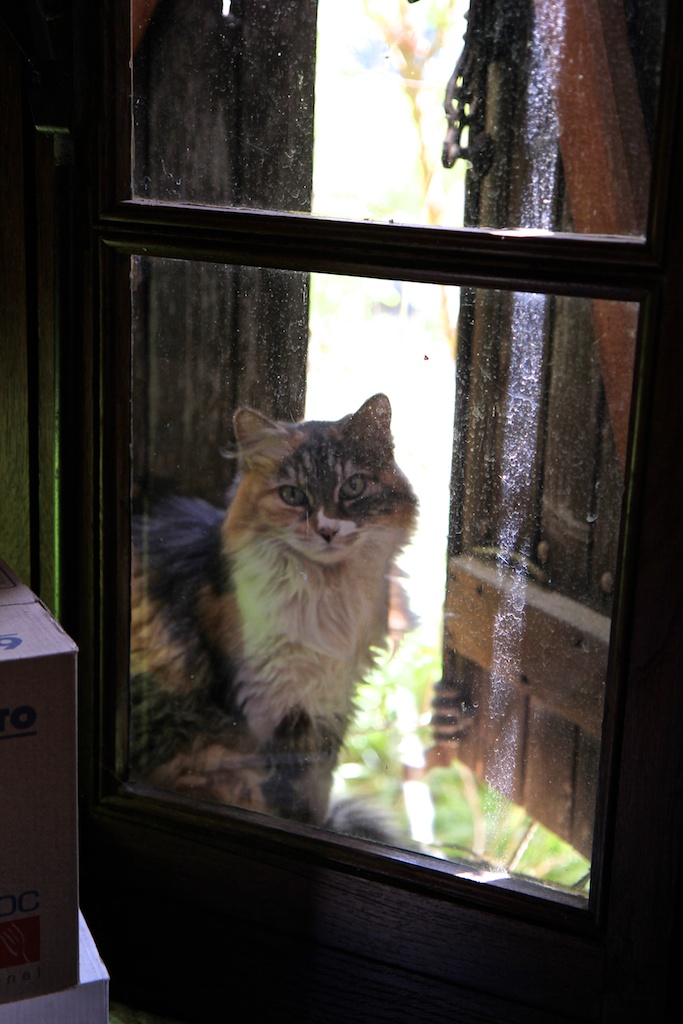
After leaving Boutinet we drove south, back through Cognac, and down through Bordeaux on our way to Armagnac. Our first stop of the afternoon was Miquer, but Jacques wasn’t there when we arrived, so we decided to do a few cold calls in the area. One place that Charles was interested in checking out was called Domaine de Jean-Bon and apparently wasn’t too far away. “Did you say Jambon?” I asked, “As in ham?” We pulled up to a small farmhouse a few minutes later and didn’t see anyone around. There was a lazy dog lying in the grass nearby and a cat staring at me through a window, but no sign of human life elsewhere. Charles went to investigate while David and I hung back in wait. That’s when Beatrice Sourdois found us standing in her driveway, and we explained to her who we were and why we were there. She invited us inside for a tasting and we whistled for Charles to come back and join us.
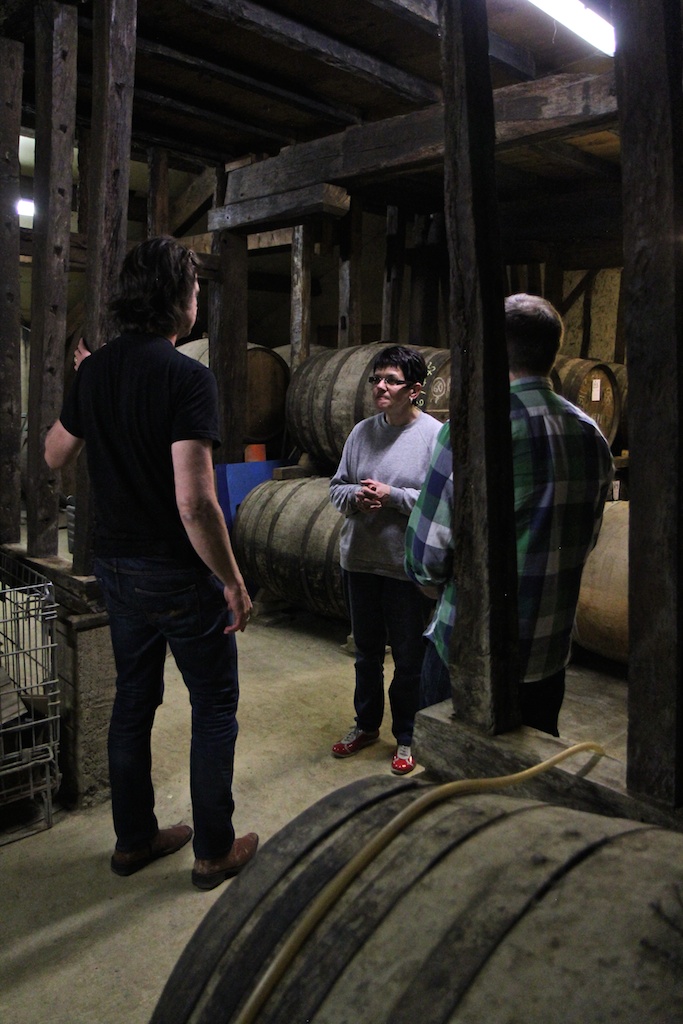
Domaine Jean-Bon was started by a family with three brothers, all of whom were named Jean crazily enough. It turns out, however, that one of the Jeans was liked more than the other two, so they named the estate after him: Jean-Bon, or the "good" Jean. Much like I had said in the car to Charles, when the family would tell others the name of the domaine, people would reply: “Did you say Domaine de Jambon? As in ham?” We all laughed when Beatrice told us this. “At that point it was too late too change the name, so they kept it,” she told us. Jean-Bon produces about four to six barrels of Armagnac per year, all distilled from Baco (although they’ve started now with a bit of Ugni Blanc). After visiting the chai, we sat down for some tasting.
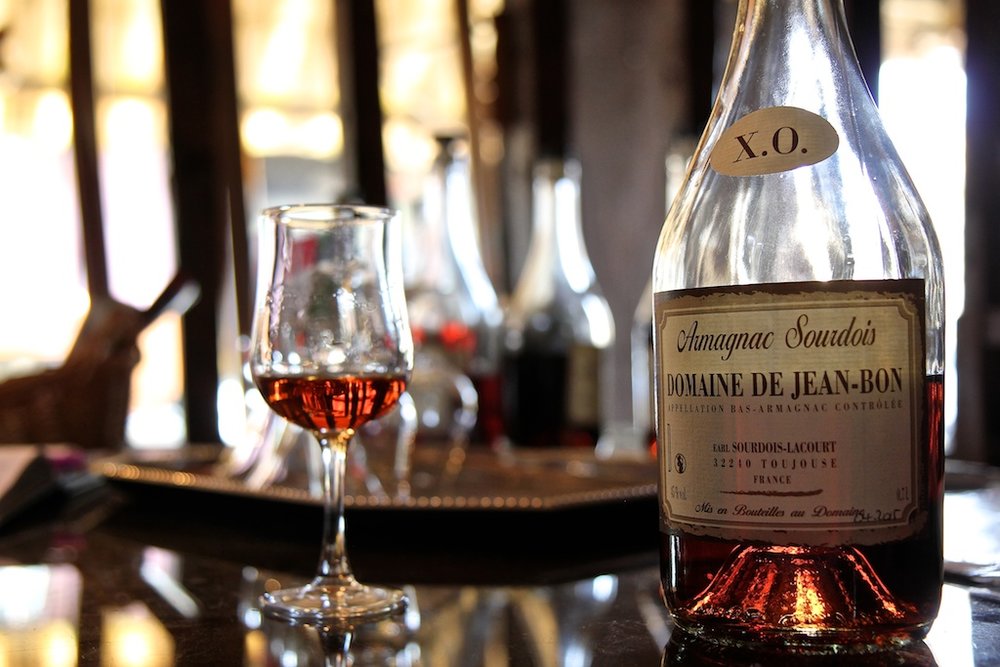
We started off with the XO, but soon dove into the vintage expressions. These brandies were no joke. They had the dark, full-boded power of Baraillon, balanced by the rich oak flavor that some of Pellehaut’s Armagnacs can sometimes have. They were very, very good. Then we landed on a 1987 vintage that just exploded on the palate—rich vanilla, big spice, a blast of oak on the back end, and a long, layered finish that went on for minutes. We might be making a power play at Domaine de Jean-Bon. When I told Beatrice how much we were possibly looking for, she seemed a bit hesitant, but she also said she knew the Claveries from Baraillon. I told her they would vouch for us. You need street cred to do any business out here in the Bas-Armagnac.
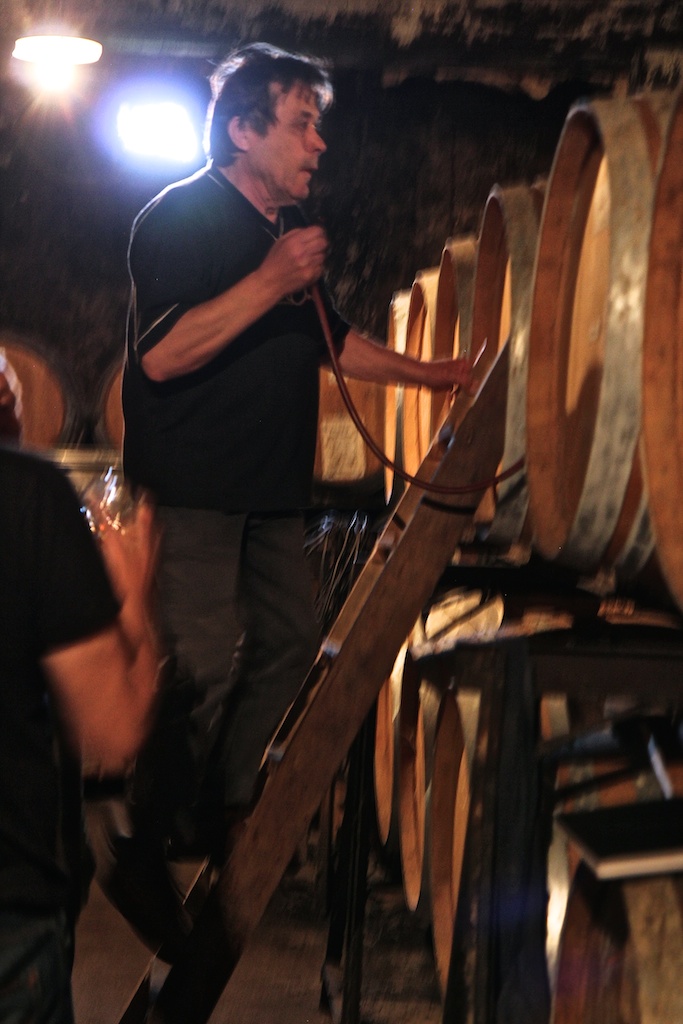
We circled back to Miquer and this time Jacques was there. We did a quick run through some of his newer barrels, but decided that we still really loved the 1987 we had bottled in the past and that we might buttress that purchase with a bit of the 1990 vintage. The Miquer Armagnacs tend to have a bit less fruit and more of the delicate spice of Folle Blanche. The extra time in wood doesn’t always add richness at Miquer, but almost a drying, pencil lead character, so we wanted to be extra careful that we chose the proper casks. We tasted about four from each vintage to be absolutely sure. I’m happy with what we ultimately found.
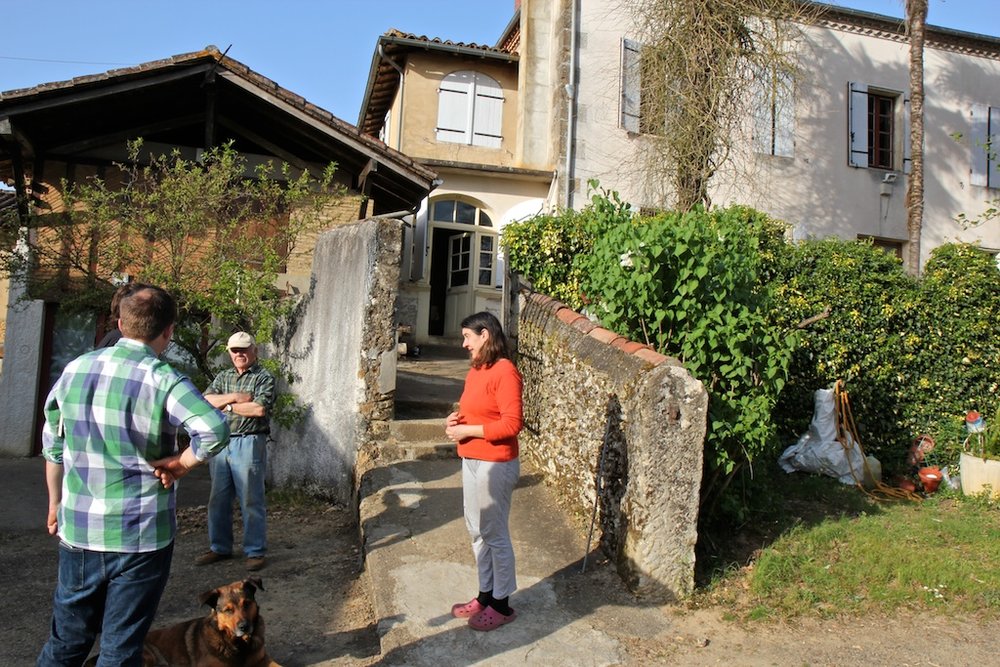
After Miquer, it was time to visit our oldest and closest friends: the Claverie family from Baraillon. We pulled up to the house and our old friend le chien ran up to the van, eager to wag his tail and lick our faces. Laurence was right behind him with her father Paul in tow.
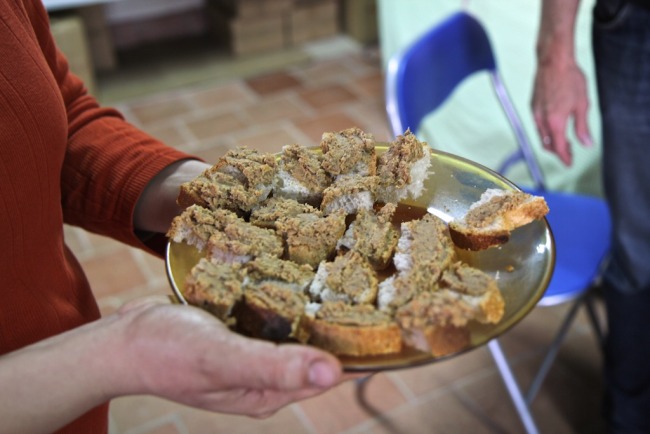
The routine never changes at Baraillon. We taste in the same room and Laurence brings us some terrine on white bread. It's becoming tradition. I live for this moment each year.
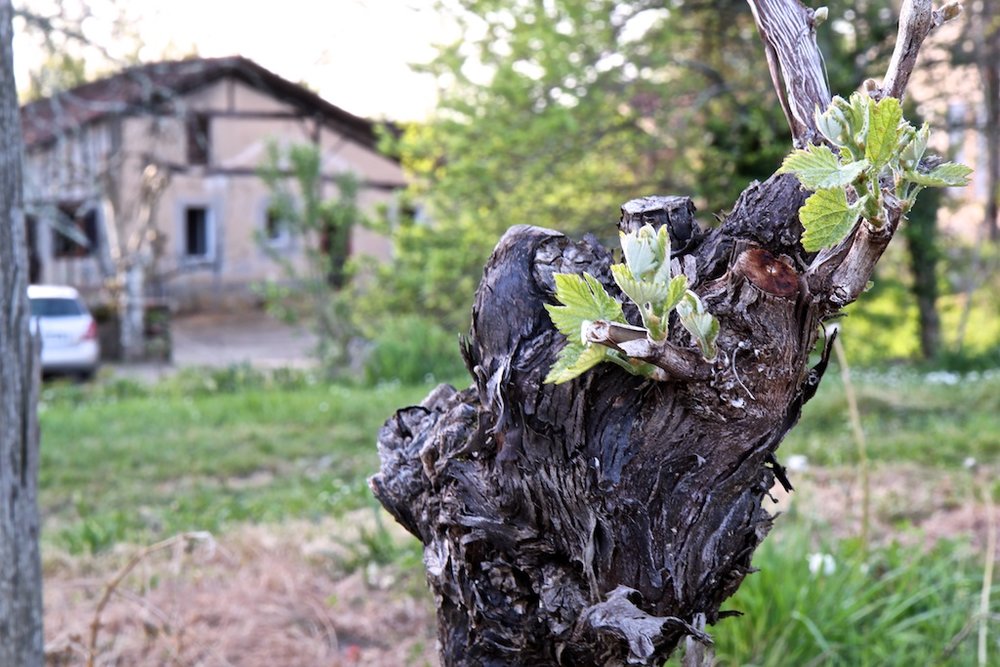
We’ve never been to France with such warm weather before, so I noticed there was actually some bud-break on the vines outside. Spring has definitely sprung in Gascony. So much for all the thermals and sweaters I packed in my suitcase.
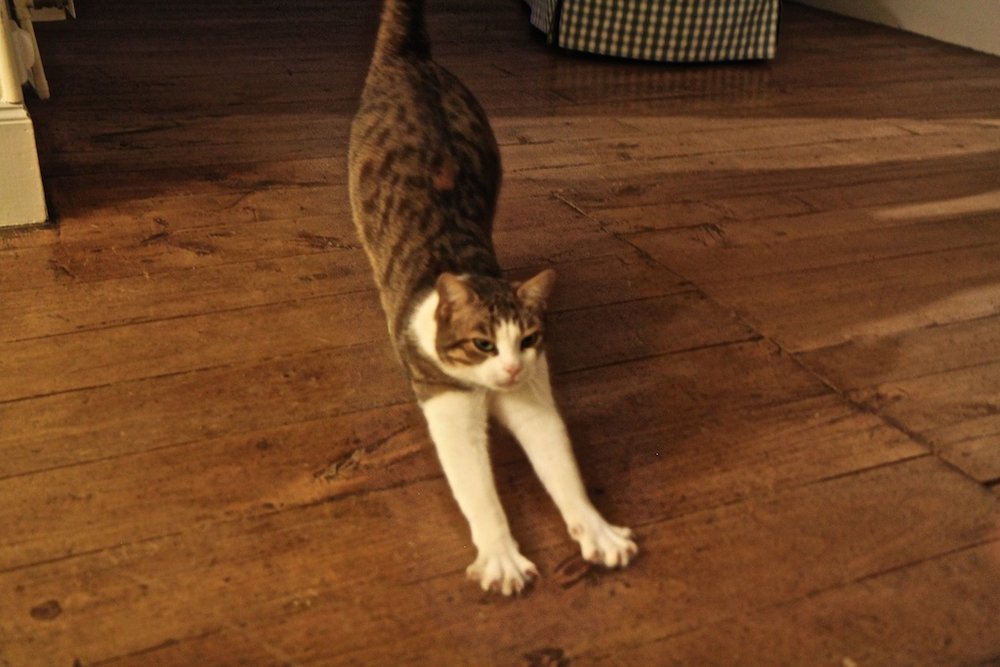
We picked up a few more vintages from Baraillon to bolster our incoming supply of 10 and 20 year Armagnac, before saying goodbye and heading back to Montreal du Gers for dinner with Charles’s mother-in-law Simone. David and I dropped our bags off at the hotel nearby and who was there waiting for me? My best friend in all of France: le chat Pipeau. He ran right up to me and had me pet his belly. “How in the hell does that cat always remember who you are?” David asked in disbelief. This little guy comes into my room every year and we play together in the mornings while I type out these blog posts. I’m hoping to get more quality time this year as well.
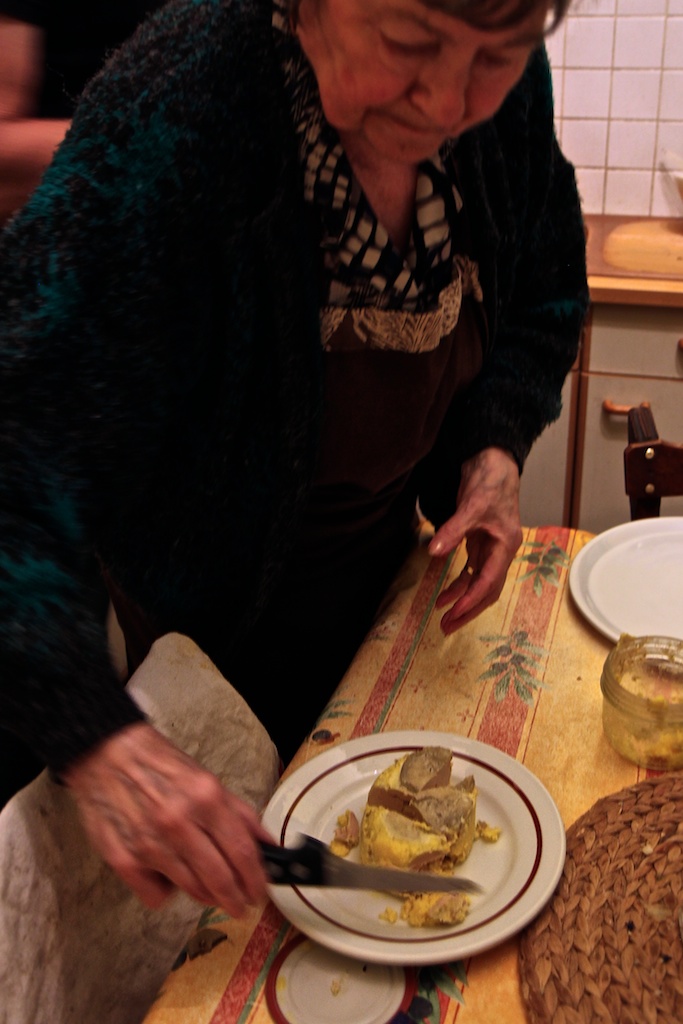
Then it was over to Chez Simone for soup (Simone was once known as the Queen of Soup in Gascony), foie gros, and some duck confit with fried potatoes. We busted out the wine. Charles’s in-laws Bernard and Vero soon came over, and we partied late into the night.
-David Driscoll
